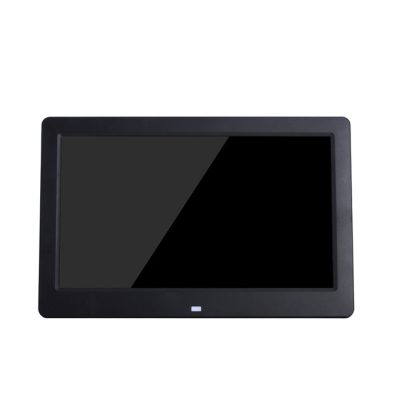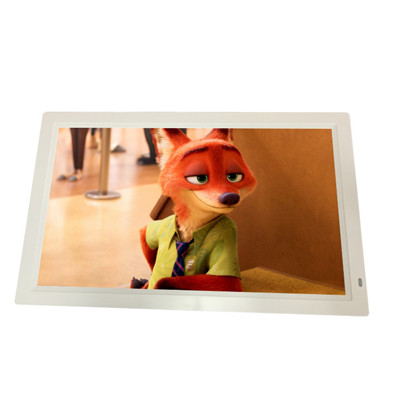Touch screen and stylus input are two distinct methods of interacting with digital devices, each with its own advantages and use cases. Here’s a comparison of touch screen and stylus input:
Touch Screen Input:
- Intuitive and Familiar: Touch screen input is intuitive and requires little to no learning curve, as it mimics natural interactions like tapping, swiping, and pinching, which users are already familiar with.
- Direct Interaction: With touch screen input, users interact directly with the display, eliminating the need for additional peripherals like a stylus or mouse.
- Multi-Touch Gestures: Touch screens support multi-touch gestures, enabling users to perform actions like zooming, rotating, and dragging with multiple fingers simultaneously.
- Simplicity and Convenience: Touch screens are simple and convenient for tasks like navigating menus, browsing the web, and interacting with apps on smartphones, tablets, and laptops.
- Broad Applicability: Touch screen input is versatile and applicable in various industries and settings, from consumer electronics to public kiosks and interactive displays.
- Accessibility: Touch screens are accessible to a wide range of users, including those with disabilities, as they don’t require fine motor skills and can support accessibility features like voice commands and screen readers.
Stylus Input:
- Precision and Control: Stylus input offers greater precision and control compared to finger touch, making it ideal for tasks that require fine details, such as digital drawing, note-taking, and graphic design.
- Pressure Sensitivity: Many stylus devices offer pressure sensitivity, allowing users to vary the thickness and opacity of lines or strokes based on the pressure applied, which is essential for artists and designers.
- Palm Rejection: Stylus-enabled devices often feature palm rejection technology, which prevents accidental touches from the user’s palm or fingers when using the stylus.
- Natural Handwriting: Stylus input is well-suited for natural handwriting and note-taking, making it a preferred choice for digital note-taking apps and tablet PCs.
- Complex Tasks: Stylus input is better suited for complex tasks like professional drawing, 3D modeling, and precision editing in creative software.
- Reduced Fatigue: For extended use, using a stylus can reduce hand and finger fatigue compared to prolonged tapping and swiping with a finger on a touch screen.
- Specialized Applications: Stylus input is commonly used in specialized applications such as digital art, CAD (Computer-Aided Design), medical imaging, and engineering where precise input is critical.
- Mathematical and Scientific Notations: Stylus input is favored in educational and scientific settings for tasks that involve mathematical equations, scientific notations, and technical diagrams.
In summary, the choice between touch screen and stylus input depends on the specific task, user preferences, and device capabilities. Touch screens are well-suited for general navigation and everyday interactions, while stylus input excels in tasks that require precision, fine control, and detailed input, particularly in creative and professional applications. Some devices, such as modern tablets and 2-in-1 laptops, offer the flexibility of both touch screen and stylus input, allowing users to switch between the two based on their needs.















